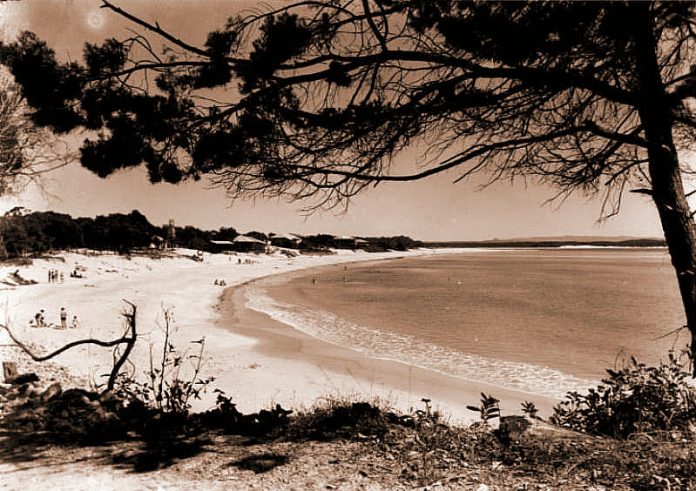Around 1870, a Scottish-born man settled in Noosa and envisaged the shire’s future.
Walter Hay saw the area as a great sea port, promoted construction of a rail link and believed it would become a renowned tourist resort.
He is honoured in the naming of Walter Hay Drive, which is about 5km long and extends from the Sunshine Motorway to Eumundi-Noosa Road.
Born in Aberdeen, Scotland, in 1833, he lived out most of his life in the district, passing away in 1907, and is buried in the Tewantin Cemetery.
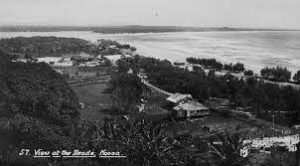
He settled in the Wide Bay area in 1855 and then relocated to the Tewantin area in 1870-1871.
He lived in the Noosa Heads area for more than 30 years. His first wife was Elizabeth Eaton and they had 10 children.
What a shock he received when he returned home from one of his bush excursions and saw a newspaper article saying his wife had died while giving birth to twins.
In fact, he had missed her funeral. No one knew how to contact him beforehand.
Later, he remarried and three more children were born.
Renowned for his knowledge of the Gympie and Noosa districts, he pioneered Hay’s Track in the 1870s, a short cut from Noosa to the Gympie gold fields.
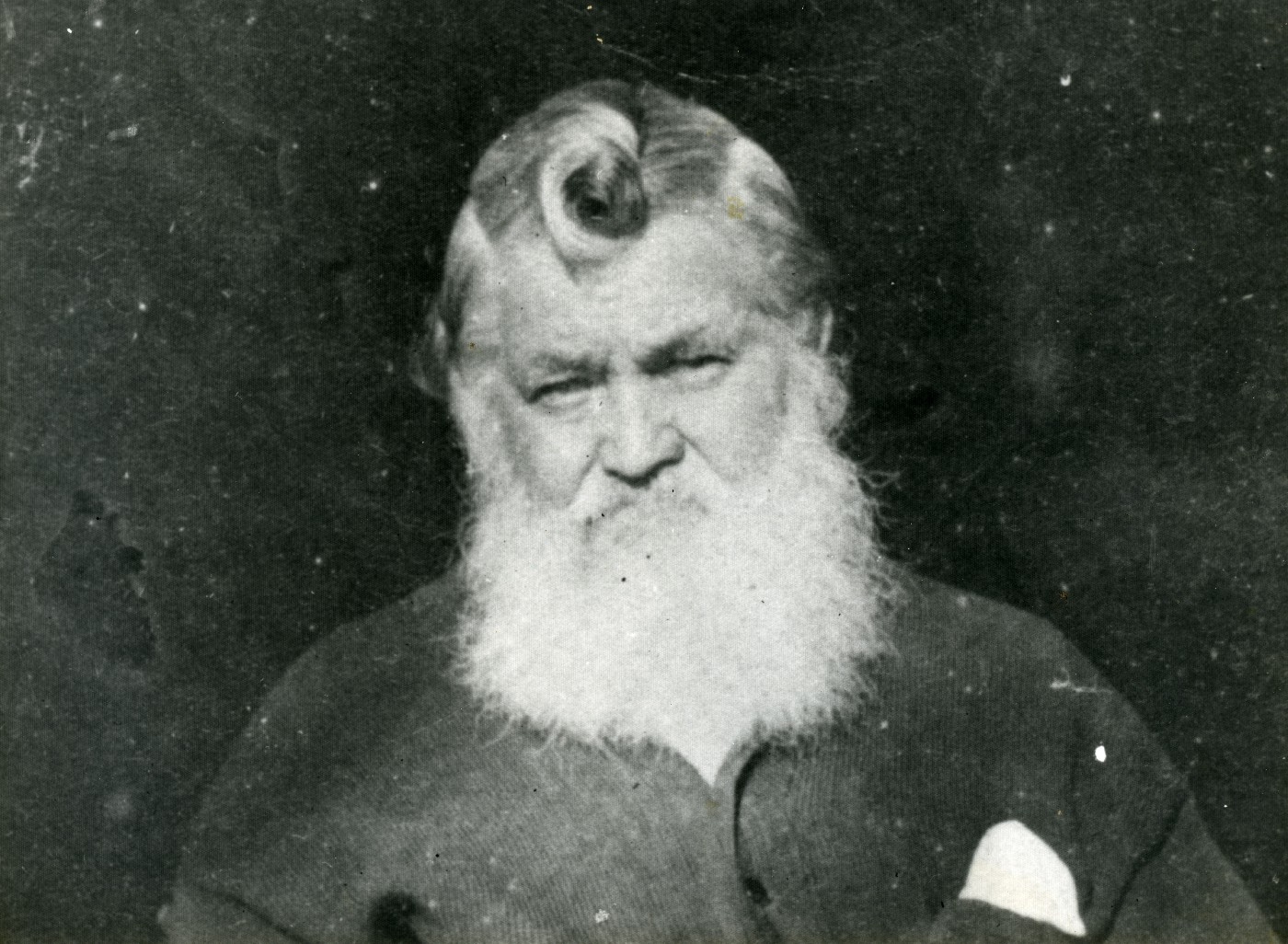
Miners could disembark at Noosa and follow the track. Coaches carried mail along this route as well. The route was promoted as shorter and more convenient than the routes from Maryborough or from Brisbane.
Walter believed that Noosa could become a great port and would develop into a tourist resort.
Love nostalgia? So do we. Help keep more great Coast memories alive by subscribing to our free daily news feed. Go to Subscribe at the top of this story and add your name and email. It’s that simple.
The Noosa Bar, however, would always be too dangerous for a great port and tourism became a world success story.
He also promoted the possibility of a rail link to Noosa and the construction of roads and bridges.
By 1886, he was one of the largest landowners in the Noosa district and busy with land dealings of large selections that he was not always able to hold.
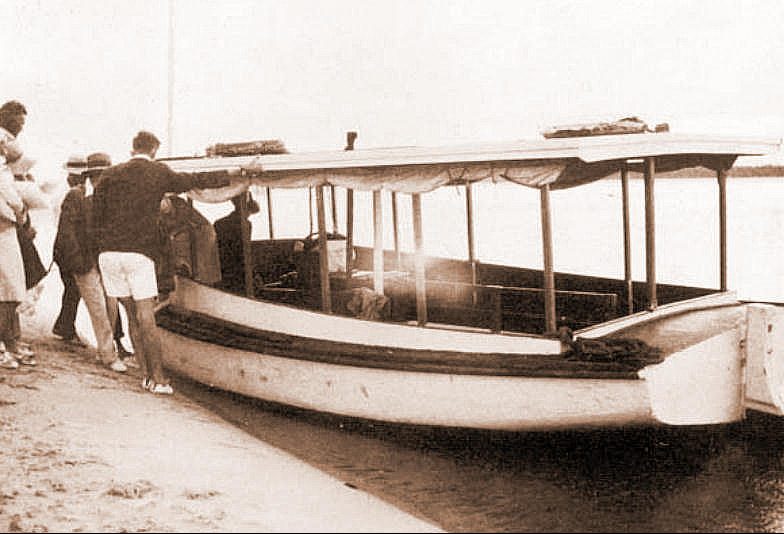
He built Bayview House which was advertised as a boarding house in the 1880s with visitors travelling from the rail link at Cooroy by coach and by boat from Tewantin.
The building was replaced in the 1930s by Hillcrest Lodge and in 1958 it was purchased by the Anglican Church and renamed Halse Lodge after Archbishop Halse.
Present-day Laguna Lookout was once part of his land and known as Tingarana Lookout, which meant views of the sea and part of a large block with magnificent views.
The Noosa Sound development opened in 1973. It was once known as Hay’s Island, a sandbank in the Noosa River.
Beacons were set up there and at the end of Hastings Street to guide ships, and Walter set up a market garden providing a local supply.
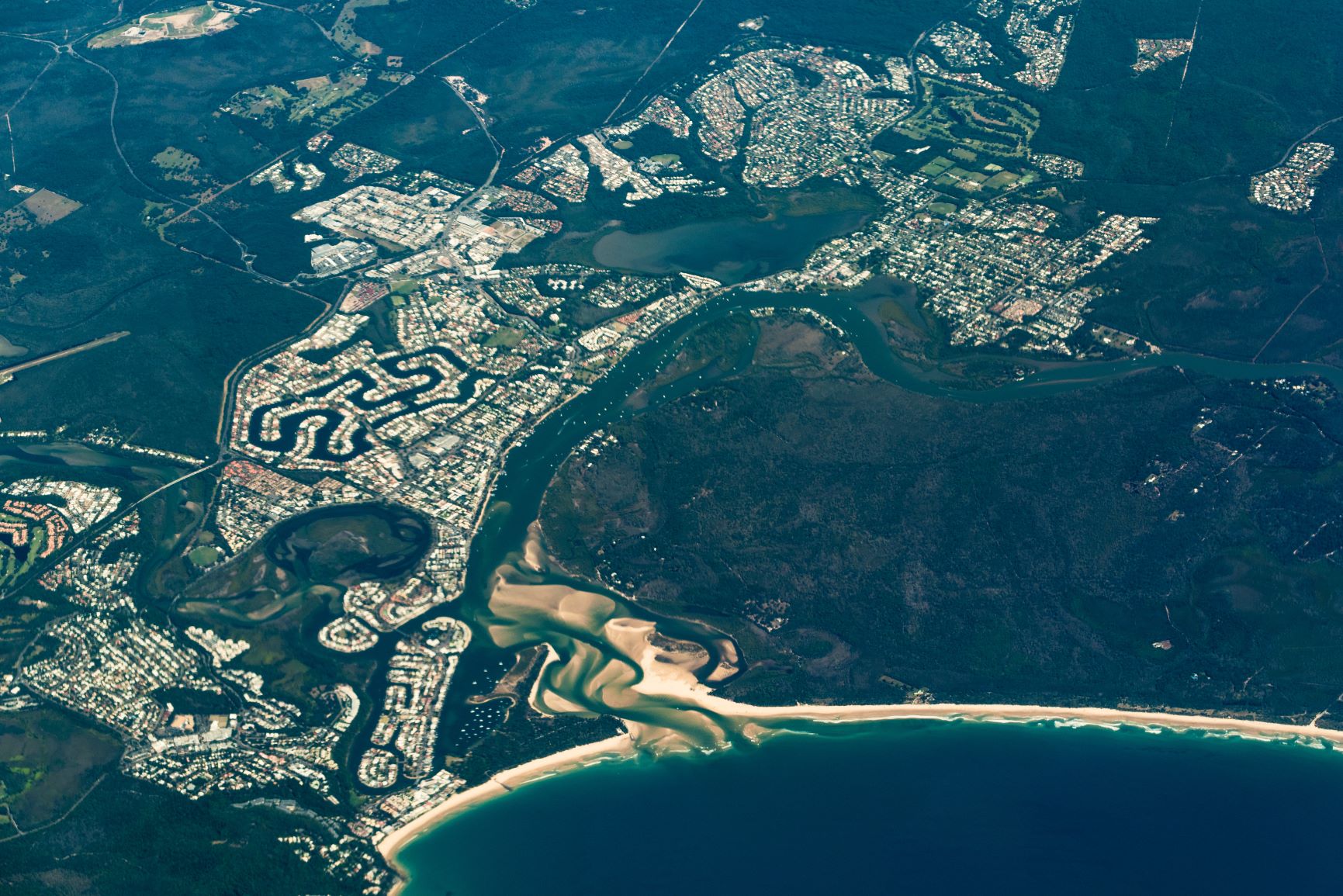
He was the first landowner in Hastings Street and the first to live at the South Heads while promoting development of the Sand Spit.
In 1882, Walter bought three allotments in what was to become Hastings Street. The cost of each was about four to six pounds.
Land at the Sand Spit was subject to severe weather just before it was offered for sale and did not attract buyers.
A public reserve was established and by 1885, allotments were sold.
Help keep independent and fair Sunshine Coast news and opinion coming by subscribing to our free daily news feed. All it requires is your name and email. See SUBSCRIBE at the top of this article.
Hay leased land along Weyba Creek as well as owning the major part of Noosa Junction and Noosa Hill. Unable to pay the leasehold these properties were lost.
Walter had a hand in the first bridge over Weyba Creek in 1885 but in the 1890s it had deteriorated so much that boats were again being used to reach Noosa. A replacement bridge opened in 1929 and a third in 1969 with the present bridge opened in 1995.
Wallace Park is part of the original block of 134.4 hectares of land in Tewantin, where Walter lived with his family until he relocated to Bayview House.


